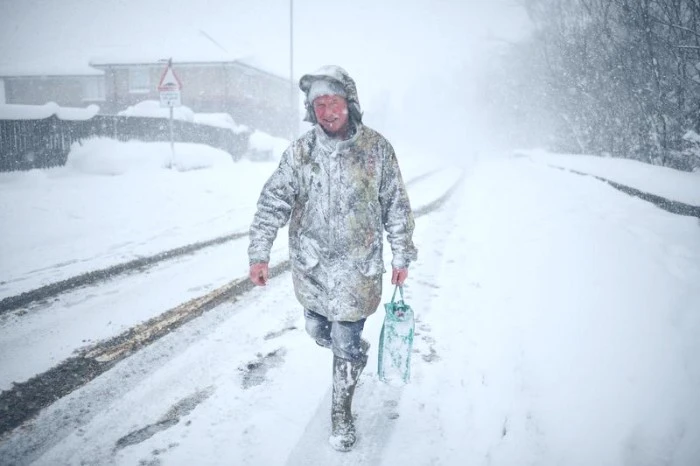The climate of the Earth is a complicated system that is impacted by elements such as latitude, altitude, oceanic currents, and atmospheric conditions.
Certain parts of the world have garnered recognition for their bone-chilling temperatures and severe winter conditions inside this complicated network of natural events.
This article delves into the world’s top ten coldest nations, revealing the distinct topographical and climatic elements that contribute to their severe coldness.
We explore the varied range of nations that endure some of the most severe winter conditions in the world, from the snow-covered mountains of Sweden and Norway to the cold plains of Mongolia and Kyrgyzstan.
By analyzing these nations, we want to learn more about the elements that affect their climates and appreciate how resilient the people who live in these frigid regions are.
10. Sweden

Sweden, known for its moderate summers, is subjected to bitterly cold winters with snow covering the landscape for months.
In Malgova, Västerbotten County, the lowest-ever recorded temperature in Sweden was 53.0 °C (63.4 °F).
In the winter, “Norrland” witnesses common temperatures as low as -40 degrees Celsius.
However, the temperatures in mid-Sweden and the southern half of the country are also significantly lower.
9. Estonia
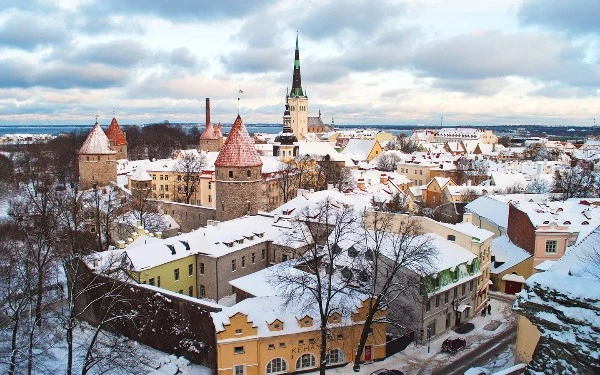
Estonia, a small country in Northern Europe, has a population of just over a million people.
Despite having a relatively warmer climate compared to other countries on this list, the irregular rainfall causes temperatures to dip throughout the year.
Monsoon winds contribute to the country’s sub-zero temperatures during winter, making it perpetually cold.
The coldest month in Estonia is February, with an average temperature of -5.7°C (21.7°F). The lowest temperature ever measured was -43.5°C (-46.3°F).
8. Norway
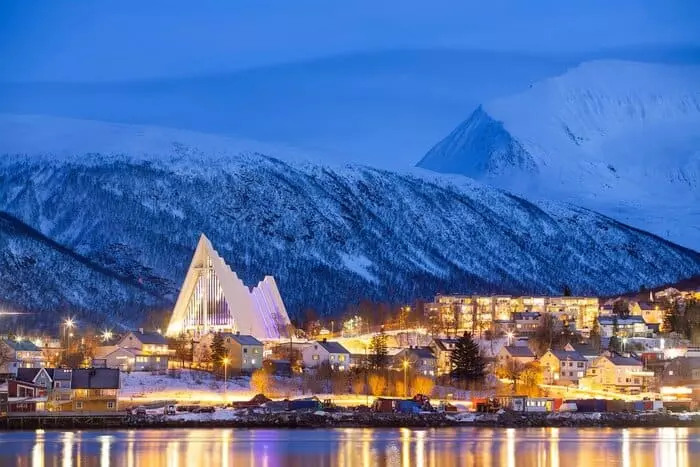
While Russia’s extreme coldness is primarily due to Siberia’s environment in its predominantly Asian territory, Norway stands out as Europe’s coldest country.
However, there isn’t a significant difference between the Scandinavian countries, as Sweden, Finland, and Iceland also rank among the top ten coldest countries globally, with average temperatures barely above freezing.
Although Norway’s coastal geography should theoretically bring some warmth, the majority of its counties are located above the Arctic Circle, resulting in plummeting winter temperatures. The settlement of Karasjok witnessed record lows of -51°C at the turn of the century.
7. Finland
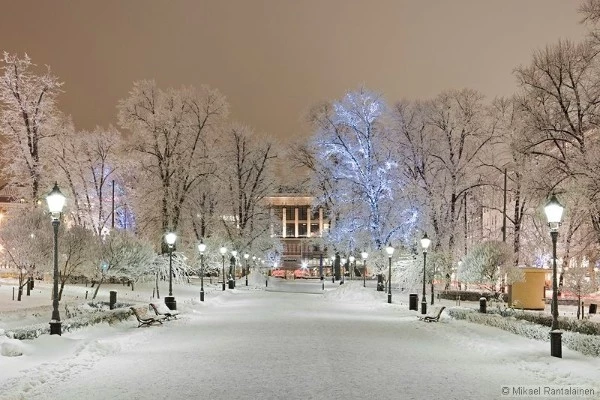
Finland, one of the world’s northernmost countries, has the lowest population density in the European Union due to its severe weather conditions, especially during winter.
Positioned in the boreal zone, Finland experiences cold winters and hot summers due to its geographical location.
Winter lasts for 100 days in most parts of Finland, while in Lapland, it extends to 200 days, with snow covering the ground from mid-October to early May.
On extremely cold days, Lapland temperatures can drop as low as -45°C (-49°F), solidifying Finland’s status as one of the coldest countries.
During winter, the northernmost region of Finland doesn’t see the sunrise for up to 51 days, while the sun remains above the horizon for nearly 73 days during the summer.
6. Iceland
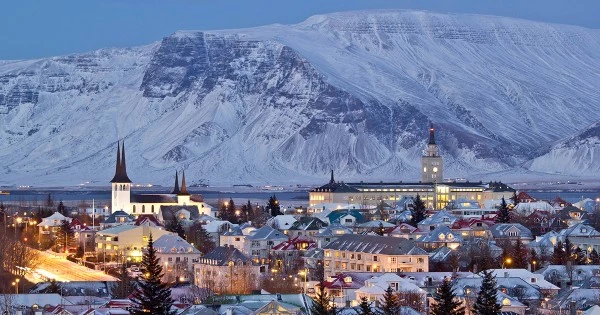
Unlike Greenland, Iceland is a suitable moniker for this Nordic island nation with a considerable snow and ice cover.
Surprisingly, Iceland does not get as hard a winter as some of the other countries on the same latitude.
This is due to the country’s location along the North Atlantic Current, which makes parts of the region more temperate.
The temperature in Iceland’s Highlands averages around -10°C (14°F) in the winter, but it can reach -30° C (-22°F) in the north.
In the winter, Iceland is one of the greatest sites to see the northern lights.
5. Greenland
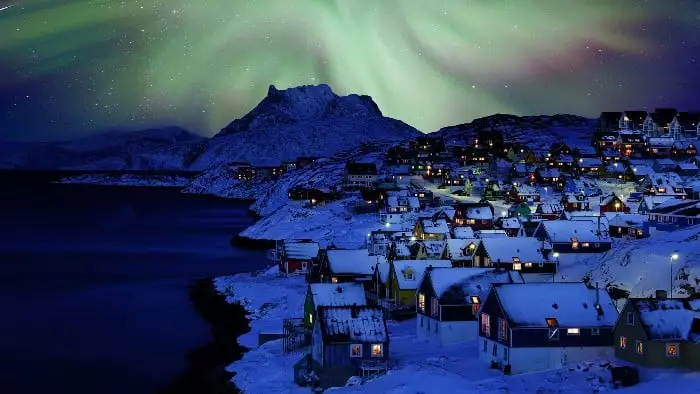
Greenland, named after its vast ice sheet that covers three-quarters of the island, appears more white than green.
The capital city, Nuuk, experiences relatively warmer average daily temperatures compared to the rest of the country, ranging from -8°C (18°F) in February to 7°C (45°F) in July.
This explains why it is one of the most populated areas in the region, despite enduring one of the world’s longest winters.
Certain parts of Greenland, however, witness temperatures as low as -50°C (-58°F) during winter, with the coldest temperature ever recorded at the island’s core being -65°C (-85°F).
4. Mongolia
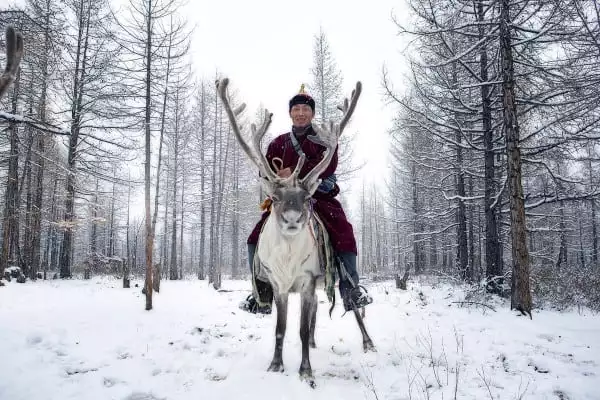
Mongolia, located between Russia and China, is the only other country besides Canada with a year-round average temperature below zero.
Despite being the 18th largest country in the world, Mongolia has a population of just over 3 million people who endure its extreme climate characterized by scorching summers and extremely frigid winters.
The bitterly cold winters in Mongolia are primarily caused by Siberian winds, which bring cold air from the north.
The cold air gets trapped in the country’s numerous river valleys and low basins, resulting in long winters until the arrival of spring.
On the brighter side, Mongolia is often referred to as the “Land of the Eternal Blue Sky” due to its predominantly sunny weather.
3. Kyrgyzstan
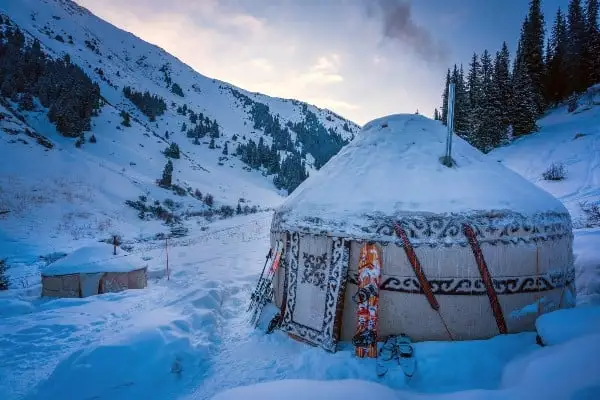
Despite its small size, Kyrgyzstan boasts a diverse climate due to its mountainous geography.
Summers in the Fergana Valley, located in the southwest of the country, are scorching hot, with daytime temperatures reaching 40°C.
However, during the winter months, temperatures drop significantly both at night and across the country, with mountain peaks and valleys frequently experiencing lows below -30°C.
2. Canada

It comes as no surprise that Canada is considered the coldest country in the world, featuring some of the coldest cities and an extensive region that remains frozen for half of the year.
In certain northern parts of Canada, snow persists throughout the year, and temperatures can plummet below -40 degrees Celsius, excluding wind chills that exacerbate the cold.
The Arctic region in Canada has experienced severe effects of global warming, jeopardizing the future of areas predominantly composed of ice and permafrost.
Estimates suggest that temperatures in Canada have risen over 2°C since the mid-twentieth century.
1. Russia
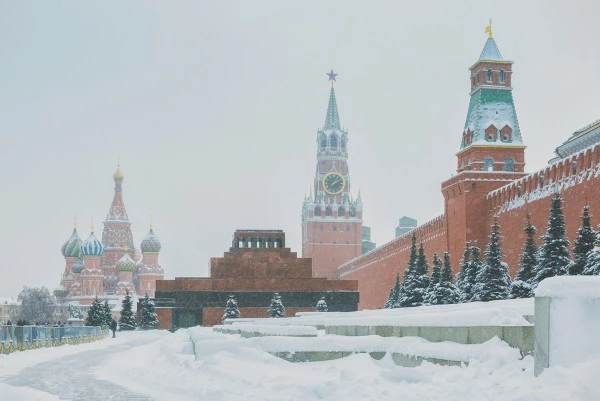
In reality, Russia and Canada are in a close race for the title of the world’s coldest country.
Determining an accurate average temperature reading for these vast countries, also the largest in terms of land area, is challenging.
However, Siberia, an expansive province covering most of Northern Asia, contributes to dragging down Russia’s average temperature.
Despite its sparse population, Siberia spans over 77 percent of Russia’s total land area and showcases some of the country’s most picturesque regions.
Even Novosibirsk, the largest city in Siberia, experiences typical winter temperatures of approximately -20°C, while much colder temperatures are observed in other areas.
These top ten coldest nations offer an insight into the astounding range of climatic conditions and geographic characteristics that contribute to their extreme coldness.
Each nation has its own distinct combination of factors that shape its bone-chilling climate, from the subfreezing temperatures of Russia’s Siberia to the icy winds of Canada’s Arctic region.
It is truly admirable how adaptable and resilient the inhabitants of these icy regions are.
Despite the significant difficulties brought on by protracted and severe winters, these nations have prospered, creating distinctive cultures and ways of life that are inextricably linked to their icy surroundings.
As we explore the coldest countries in the world, we gain a greater appreciation for the diversity and intricacy of our planet’s climate systems, reminding us of the remarkable range of conditions that exist across our global home.
